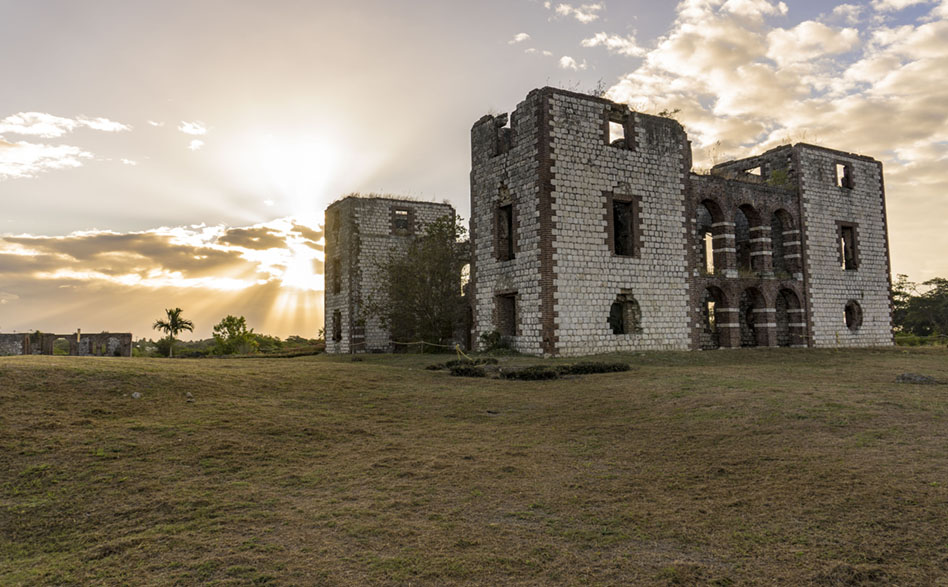The British in the year 1655 officially gain control of the island of Jamaica from the Spanish. Along with Admiral Sir William Penn and General Robert Venables, Colonel John Colbeck was also a part of the expedition. He now lies buried on the grounds of the St. Catherine Parish Church where his grave stone reads “Here lyeth ye body of Colonel John Colbeck of Colbeck in St. Dorothyes who was born ye 30 May 1630 and came with ye army that conquered this island ye 10th day of May 1655 where having discharged several humble offices both civil and military with great applause he departed this life ye 22d day of February 1682”. This short excerpt from his life highlights his connection to the area of Colbeck which was his namesake and, in his time, a sprawling plantation estate. On this estate came to exist an unusual structure known as the Colbeck Castles. The date of its construction can only be given in approximate terms as records of its origin are scarcely available. Estimates of its construction date vary widely from approximately 1680 to the late 17th century.
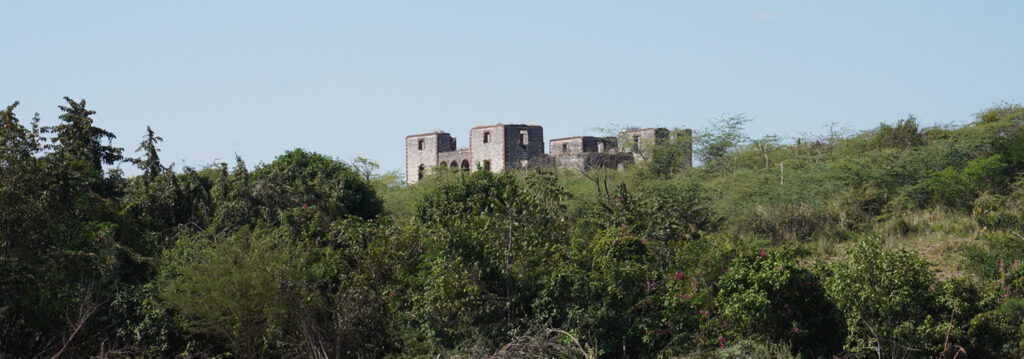
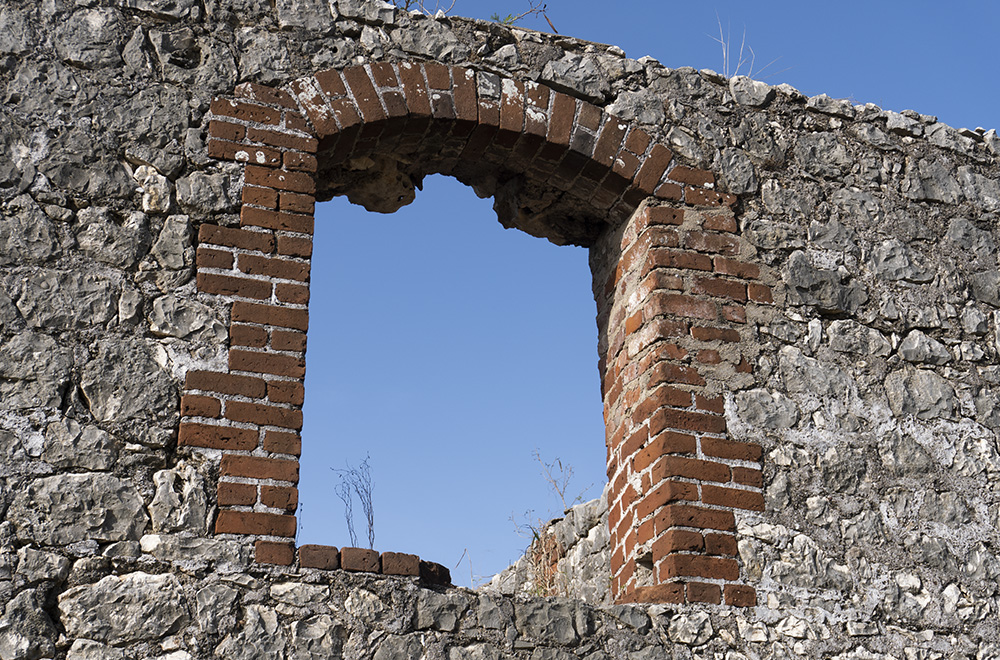
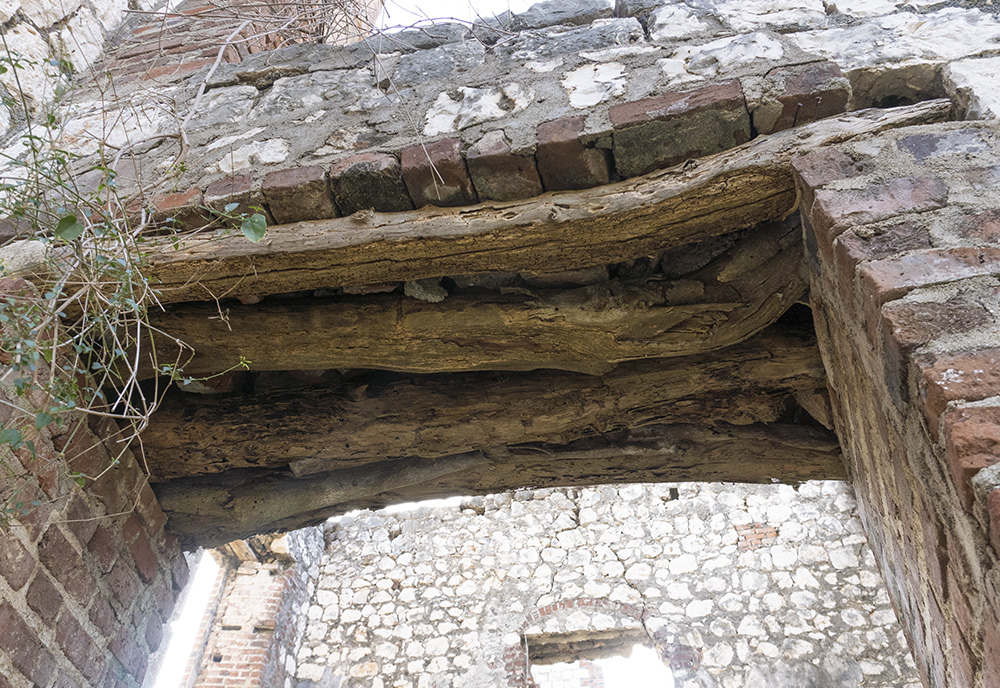

Situated on an elevated plain, the castle at Colbeck consists of the main building which is surrounded by a stone wall and four outlier buildings which flank the castle at each corner of the perimeter wall. The castle is square in its overall shape with four towers at each respective corner that are each three storeys tall. These four towers, being a storey higher than the interior portion of the castle, give the castle an appearance of a firm stance, strength and stability. These towers, like most of the castle, are made of bricks, stones and mortar. The design takes advantage of the contrast between the white stones and red bricks by lining the edges of walls, doors and windows with the red bricks for a decorative finish. This is a prevailing theme in the design of the castle. Wooden beams support the upper frame of square shaped windows which might have been for long term support, but the relatively rough finish of these installations might suggest that they were intended to be temporary installment to aid construction are they were not complete in design. This would give credence to the idea that the construction of the castle was not a complete project.
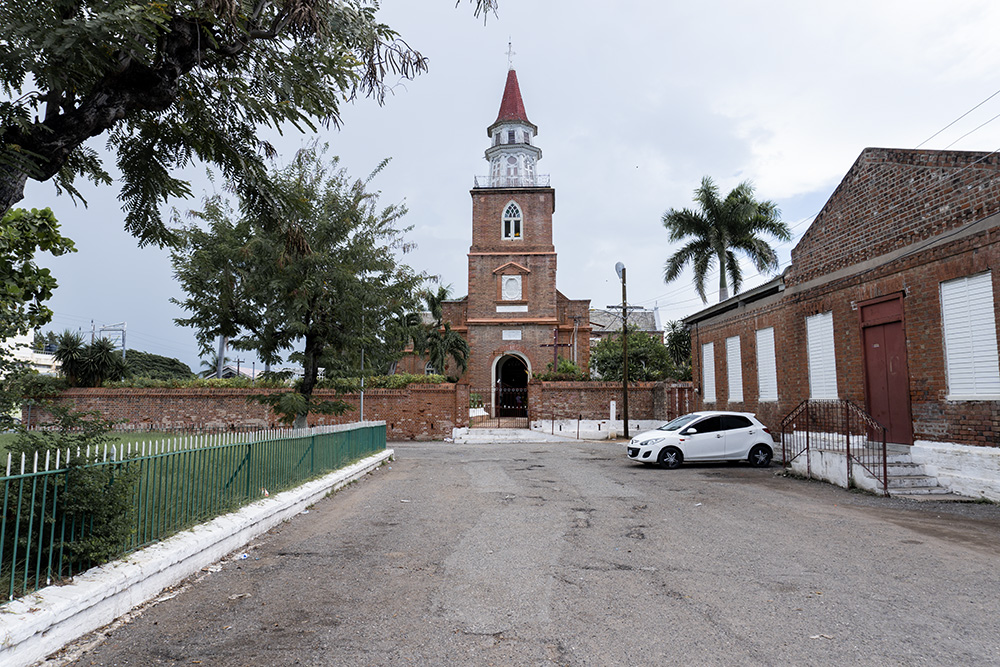
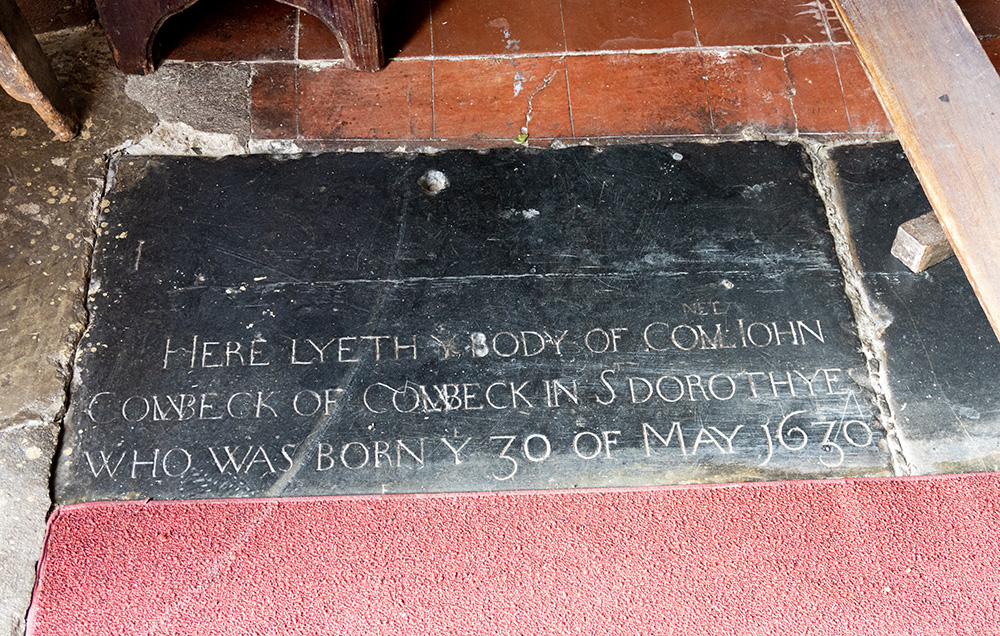
The estate has exchanged ownership several times over the years starting with its widely accepted original owner John Colbeck. Through a documented legal case to settle annuities of a will, it is shown that the estate was mortgaged by John McLeod in 1765 which was managed by the McLeod family until the death of John McLeod the young in 1822. While much of the land which comprised the estate is now a part of housing developments the castle was declared a national monument in 1990 and is now managed by the Jamaica National Heritage Trust how’s stated mission is “to inspire a sense of national pride through the promotion, preservation, and development of our material cultural heritage, utilizing a highly motivated and qualified team in conjunction with all our partners”. The entity is largely behind an upswing in public awareness of the castle by installing signage and making the area more presentable and accessible. Other measures have improved the long-term security of the main site, but a water well thought to be linked to the castle has been lost in the process of developing the Colbeck Manor housing scheme.

